
The golden age of technological innovation from the 1950s through the 1970s produced revolutionary gadgets with minimal oversight. These decades gave birth to bold experiments and untested consumer products that transformed daily life while operating outside any meaningful safety framework. The casual approach to risk assessment during this era established the foundation for modern product regulations.
Every warning label on today’s devices tells a story about what went wrong in the past.
25. Leaded Gasoline
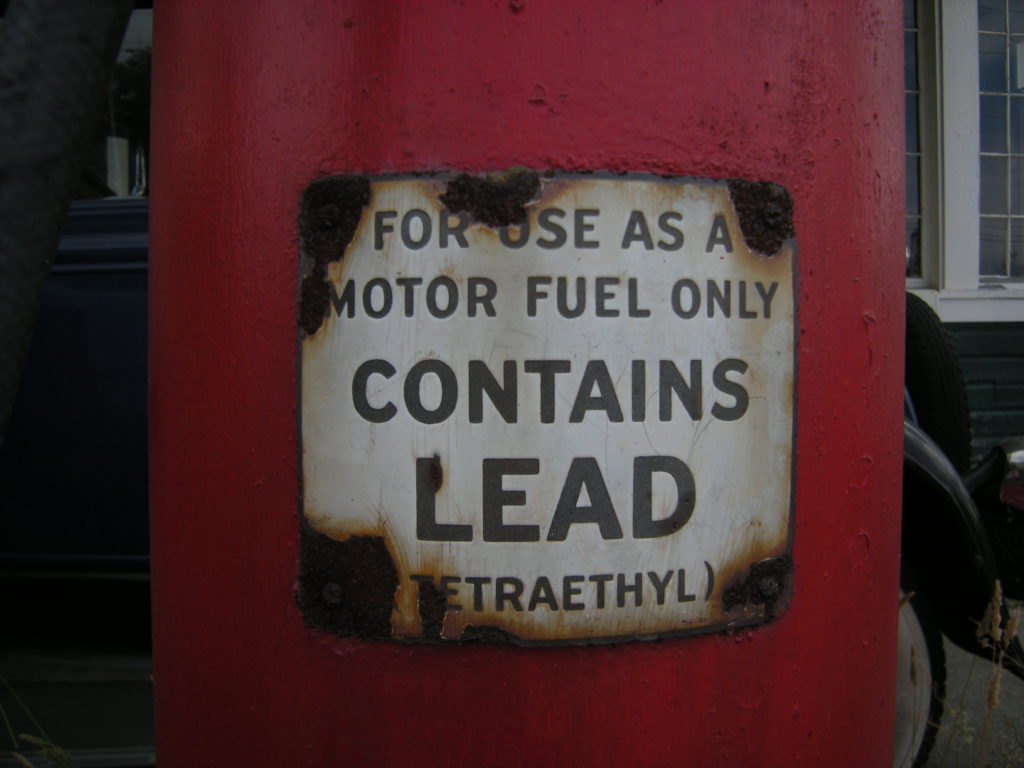
From the 1920s through the 1980s, when crazy concept cars brought radical ideas, tetraethyl lead additives boosted engine performance while simultaneously lowering IQ points across generations. This chemical innovation prevented engine knocking but spread neurotoxic lead particles through vehicle emissions, creating one of history’s most widespread environmental poisonings.
Lead exposure caused measurable cognitive damage, with children suffering disproportionate developmental effects, including permanent IQ reduction. The environmental legacy continues today with soil contamination persisting near roadways decades after the fuel was banned.
24. Thermite-Based Flares

Roadside safety took a dangerous turn with 1970s thermite-based flares that burned at over 4,000°F – hot enough to melt through engine blocks or instantly ignite gasoline puddles. These chemical reactions burned with the intensity of a miniature sun and couldn’t be extinguished with water, making them the emergency equivalent of opening Pandora’s box.
Misplaced flares led to numerous vehicle and structure fires that made the original emergency seem like a minor inconvenience. Modern emergency flares use safer chemical compositions with more controlled burning characteristics, reducing the chance that your call for help will create a bigger problem than the one you started with.
23. The Flowbee

The Flowbee, introduced in 1988 by Rick Hunts, combined a vacuum cleaner with hair clippers in a mashup that screams “late-night retro invention.” With the catchy promise that it “sucks as it cuts,” this hybrid tool created surprisingly consistent haircuts by pulling hair straight before trimming.
Priced at $89.95 (over $200 today), it appealed to budget-conscious families looking to avoid salon expenses. The Flowbee achieved cult status after appearing in the movie “Wayne’s World” and saw a massive resurgence during COVID-19 lockdowns when professional haircuts became temporarily extinct.
With over 2 million units sold, it proves that sometimes the weirdest ideas have staying power.
22. X-Ray Shoe Fitting Machines
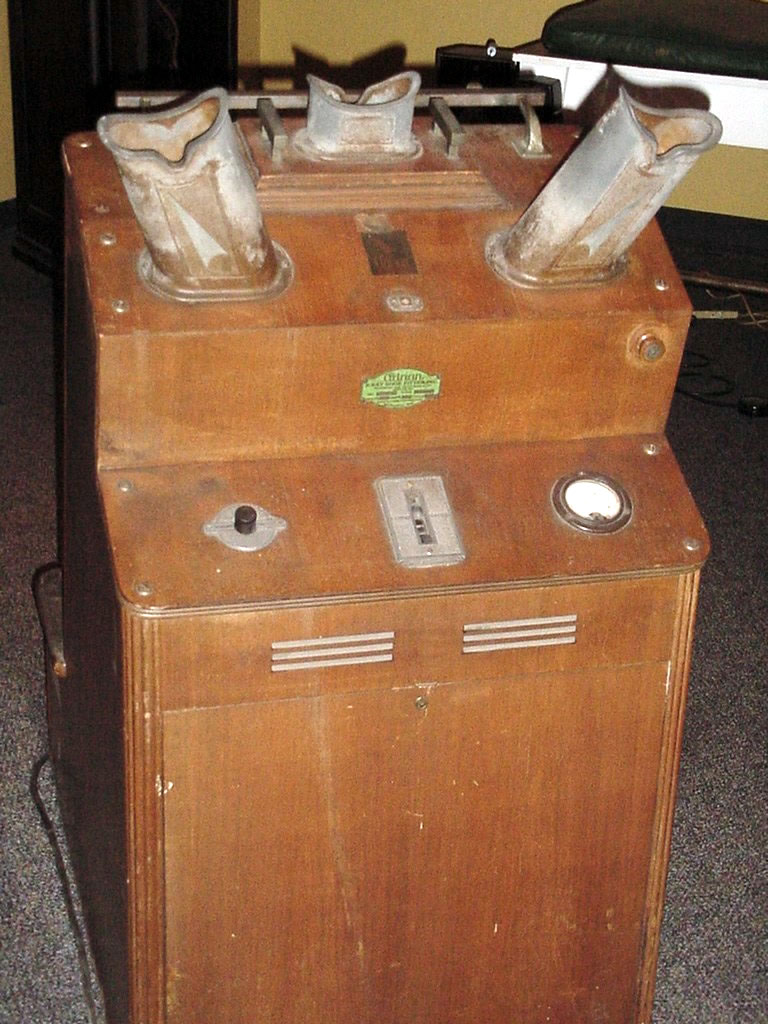
Mid-century shoe shopping included a bonus dose of radiation thanks to fluoroscope machines that visualized foot bones inside shoes. These “scientific” devices seemed to offer a perfect fit assessment while delivering radiation doses that would make modern safety inspectors tackle customers before they could step on the platform.
Store employees operated these machines multiple times daily without protection, receiving cumulative exposure that could cause skin damage, cancer, and genetic mutations. Children were especially vulnerable to radiation effects, but were frequent users of these glowing foot viewers.
21. Pigeon Camera
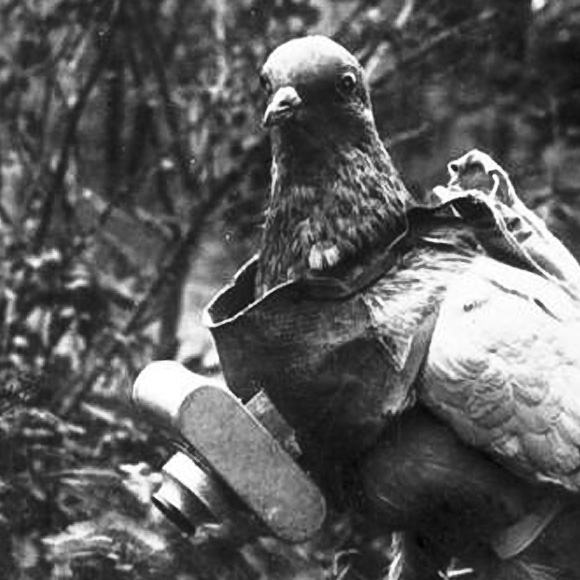
Before satellites tracked your pizza delivery, the CIA strapped tiny cameras to pigeons during the Cold War. These feathered surveillance agents flew missions with mechanical timers snapping photos at set intervals, all while staying completely off the radar, both figuratively and literally.
Talk about nature’s perfect spy tech. These birds flew lower than planes, used their built-in GPS (aka natural homing instinct) to return with the intel, and never asked for retirement benefits. The program remained classified for decades before eventually being replaced by technology that doesn’t get distracted by breadcrumbs.
20. Nuclear-Powered Cars

The 1970s briefly explored putting tiny nuclear reactors inside human bodies because regular pacemakers weren’t exciting enough. These plutonium-powered cardiac devices promised lifetime functionality without battery replacement surgeries, solving one problem while creating several more terrifying ones.
The sealed titanium cases were designed to contain radioactive material safely, but physical damage posed risks of cancer and radiation poisoning. Fewer than 1,000 units were implanted worldwide before medical professionals recognized them as dangerously impractical. Special protocols still exist for the removal and disposal of these devices from patients.
19. Spray On Hair

Ron Popeil’s late-night infomercial empire expanded in the 1970s with spray-on hair – the quick-fix for thinning hair that resembled spray painting your head. The aerosol can dispense colored fibers that temporarily adhere to the scalp, creating the illusion of fuller hair from a distance, specifically, television camera distance.
In real-world conditions, the product had the staying power of a snowman in summer, easily disrupted by rain, sweat, or a gentle breeze. The stark contrast between infomercial promises and actual results didn’t prevent substantial sales driven by a combination of desperation and late-night decision-making.
18. Chrysler Turbine Car

The 1960s Chrysler Turbine Car brought aircraft technology to the family garage with mixed results. This experimental vehicle ran on anything combustible – jet fuel, diesel, perfume, or even tequila (though the car might develop a headache the next morning). Its innovative turbine engine contained far fewer moving parts than conventional pistons, promising revolutionary reliability.
Chrysler built 55 cars for their test program but destroyed all but nine after discovering some slight drawbacks, like exhaust temperatures hot enough to melt asphalt and potentially ignite nearby vehicles. The distinctive turbine whine announced its presence like a jet preparing for takeoff, while acceleration lag made merging into traffic an adventure sport.
17. Mr. Microphone

Remember when going viral meant catching a cold? In 1978, Ron Popeil dropped the Mr. Microphone and transformed anyone with $14.88 into an instant radio personality. This handheld wireless wonder transmitted voices to nearby FM radios like an analog Twitter with a 30-foot range limit.
The sound quality was about what you’d expect from recording a podcast in a blender, but that didn’t stop millions from snatching them up. The device became such a cultural touchstone that it inspired countless TV parodies, while simultaneously raising eyebrows about encouraging public disruption.
Today’s $30-100 vintage market price tag proves nostalgia hits harder than clear audio ever did. The Mr. Microphone walked so Bluetooth speakers could run.
16. Clackers

Children’s entertainment in the 1960s-70s included Clackers – two acrylic balls on strings that users swung together to produce satisfying noise and occasional facial injuries. These simple mechanical toys claimed to promote dexterity and coordination while teaching valuable lessons about eye protection and dental insurance.
The hard acrylic balls frequently shattered into sharp fragments upon collision, causing injuries serious enough for the Consumer Product Safety Commission to ban them outright. Millions were sold before safety concerns became widely recognized, demonstrating how children’s products often lacked rigorous testing before modern standards.
Today’s toys undergo extensive safety evaluation before reaching store shelves, sparing new generations from the character-building experience of dodging high-velocity plastic shards during playtime. Clackers remain available in softer materials that preserve the fun without the hazard.
15. Inflatable Furniture

The 1970s embraced experimental home furnishings with the subtlety of a disco ball in a library. Inflatable furniture burst onto the scene as air-filled plastic chairs and sofas in eye-searing neon colors, promising to transform living spaces with the power of human breath.
These pneumatic pieces appealed to college students and apartment dwellers who valued portability over comfort and durability. Sitting on them produced a sound similar to sliding across vinyl car seats in shorts – an experience that loses its charm around the second day of ownership.
Technical hurdles aside, including puncture risks that could turn your cool new chair into a sad plastic puddle overnight, inflatable furniture periodically resurges as designers rediscover that furniture doesn’t need to be permanent to be functional.
14. Hovercraft
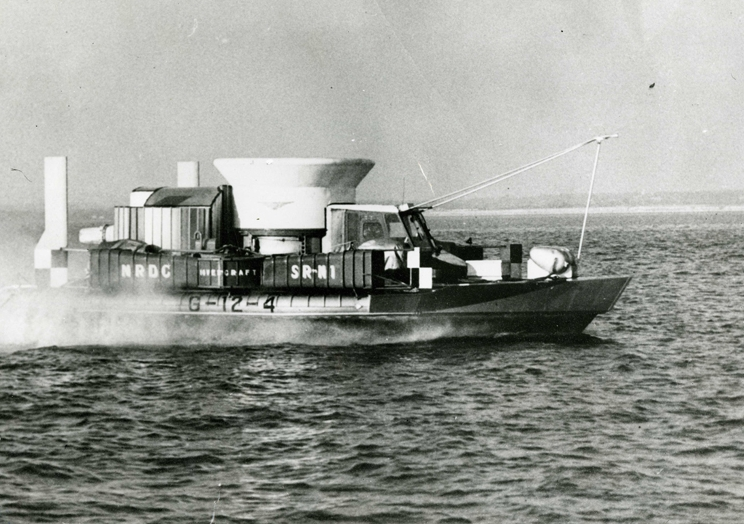
British engineer Christopher Cockerell turned science fiction into reality in 1955 with the hovercraft – a vehicle that glides on a cushion of pressurized air like butter on a hot pan. These amphibious marvels travel seamlessly across land, water, ice, and mud, making them the Swiss Army knife of transportation.
Initial investors responded with the skepticism typically reserved for people claiming they’ve invented time travel. Despite limitations including noise levels that make jet engines seem subtle and operational costs that would make a luxury car blush, hovercraft found success in military applications and English Channel ferry services starting in 1968.
They remain in specialized use today, proving that sometimes radical transportation concepts find their niche even when they don’t achieve the mainstream success of cars or airplanes.
13. Flying Bedstead
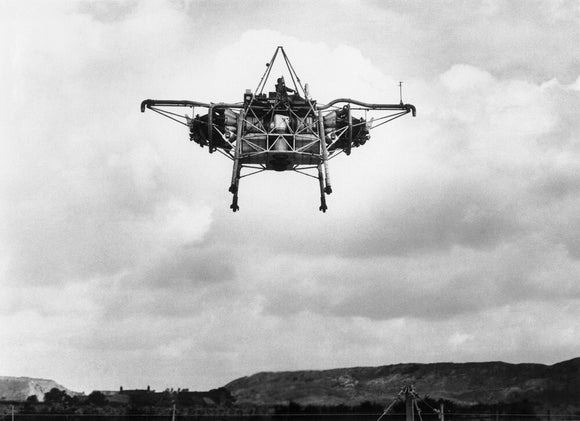
Aviation history includes some chapters that read like someone’s fever dream, and the “Flying Bedstead” is the most literal example. From 1953 to 1957, Rolls-Royce engineers took a metal bed frame, balanced it on two massive jet engines, and said, “Let’s see what happens!”
This contraption, officially a “thrust-measuring rig,” became the world’s first successful jetlift aircraft in 1957. The pilot controls worked like trying to balance a spinning plate on a stick during an earthquake – challenging doesn’t begin to describe it.
Though hampered by ear-shattering noise levels and fuel consumption that would make a monster truck blush, this bizarre prototype directly influenced the Harrier Jump Jet. The Flying Bedstead proves that sometimes the path to breakthrough technology runs straight through absurdity.
12. Mono Wheels
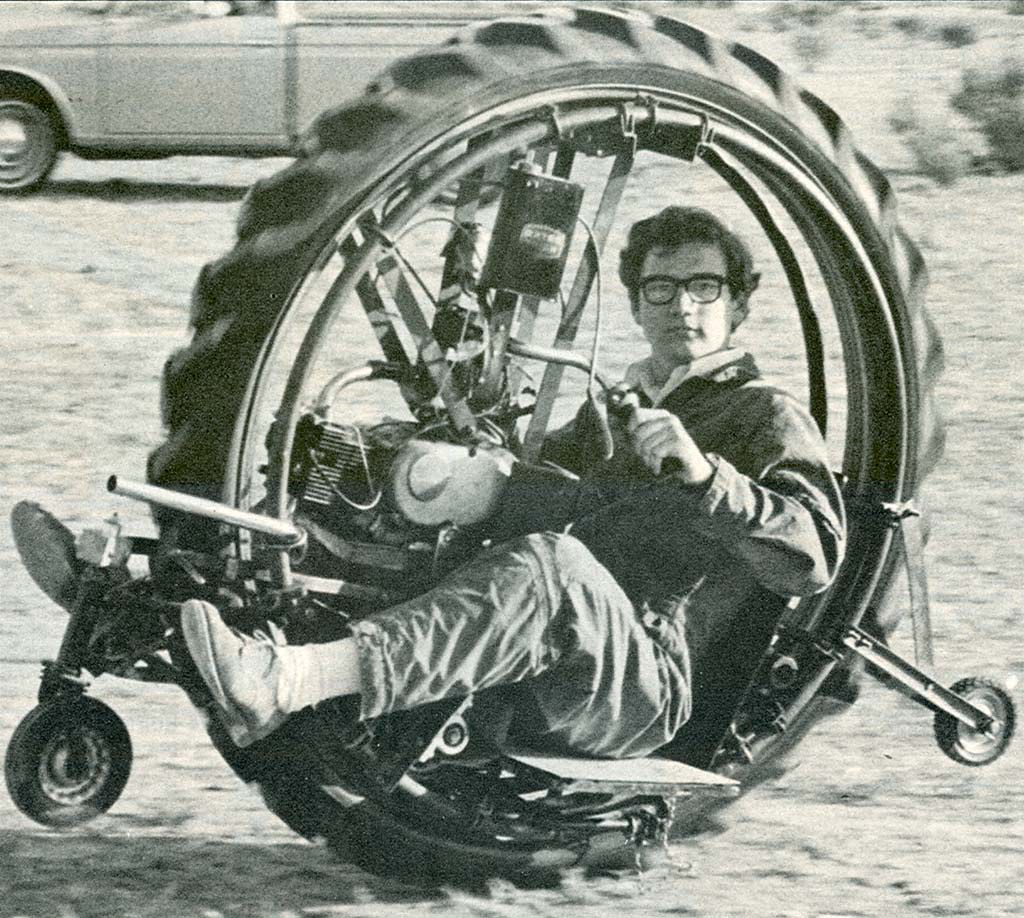
While conventional vehicles prioritized boring features like “stability” and “not rolling over,” mono wheels from the 1950s-60s said, “What if we put the rider INSIDE a single giant wheel?” The result was minimalist transportation that looked amazing right up until physics had its say.
The biggest design flaw? “Gerbiling” – where sudden stops caused riders to spin helplessly inside the wheel like a hamster in an exercise ball. Steering challenges meant riders fought gyroscopic forces that seemed determined to send them sideways.
Hazards and all, mono wheels developed a cult following among those who considered ambulance rides a reasonable trade-off for looking cool. Today, they survive mainly as custom hobbyist projects and steampunk Instagram props.
11. The Clapper
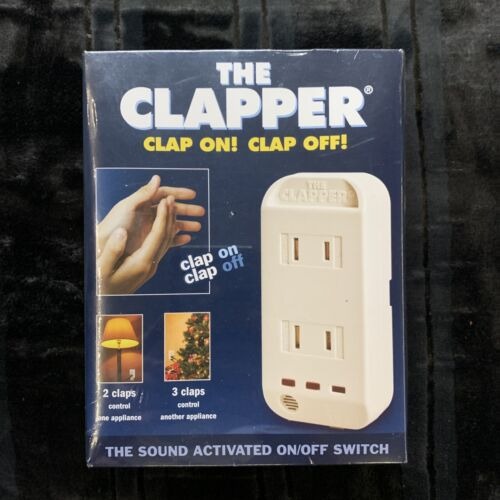
Before asking digital assistants to control your home, there was 1976’s The Clapper – the OG convenience tech that let people control appliances through the complex interface of… clapping twice. This sound-activated switch from Joseph Pedott turned living room lights into obedient servants responding to percussive commands.
The device sometimes interpreted loud TV sounds or enthusiastic conversation as commands, switching lights on and off like an overeager DJ at a wedding reception. Functionality issues aside, The Clapper foreshadowed today’s smart home ecosystem decades before digital assistants became household names.
Millions sold through catchy commercials that seared the “Clap On! Clap Off!” jingle into America’s collective memory. Modern versions still sell to those who appreciate both nostalgia and not having to reach for a switch.
10. Pet Rock

In 1975, advertising executive Gary Dahl created the perfect pet for the commitment-phobic: a regular rock in a cardboard box with air holes. This brilliant parody of pet ownership came with a 32-page training manual for teaching your mineral companion tricks like “sit” and “stay,” which they performed flawlessly without treats or praise.
Over 1.5 million Pet Rocks were sold in just six months at $3.95 each (around $20 today), generating over $6 million in sales. This fad burned out faster than a sparkler, but it remains the gold standard for transforming nothing into profit through creative packaging.
The Pet Rock wasn’t selling a product; it was selling a joke that customers could share. It exemplifies how perceived value can completely transcend material worth, a lesson that countless app developers with minimal features and maximum valuation have taken to heart.
9. Smello Vision

Just as TV was conquering living rooms across America, Swiss inventor Hans Laube decided in 1960 that what cinema lacked was smell. His Smello Vision system released 30 different scents to individual theater seats through an elaborate network of pipes, bringing new meaning to “this movie stinks.”
Technical difficulties plagued the experience – some scents lingered like that one relative at Thanksgiving, while others arrived fashionably late to their corresponding scenes. The system required expensive theater modifications that few venues implemented, making Smell-O-Vision more concept than revolution.
Undeterred by poor performance, this ambitious failure pioneered multi-sensory entertainment that influences today’s 4D experiences. Sometimes innovation means trying something weird enough that people remember it 60+ years later, even if mostly as a punchline.
8. The Buttonear
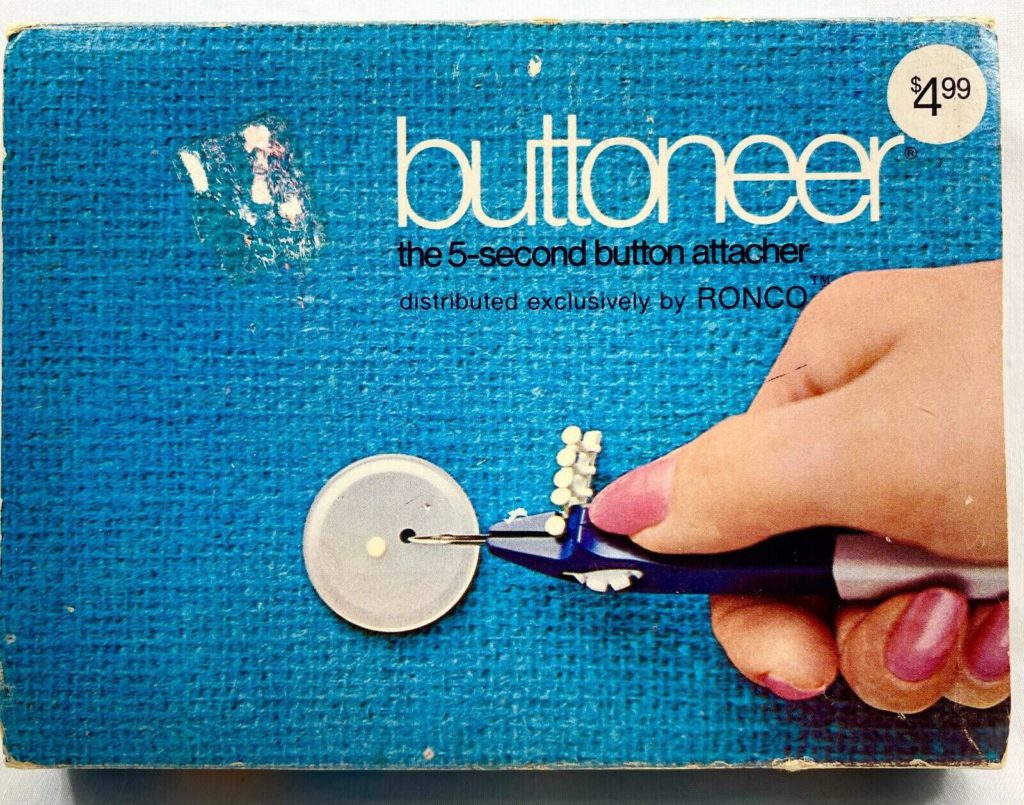
The 1970s Ronco Buttonear solved a uniquely universal problem – the frustration of reattaching buttons without stabbing your fingers multiple times in the process. This simple device used clear plastic fasteners to reconnect wayward buttons in five seconds flat, removing thread and needles from the equation entirely.
For seniors with arthritis or anyone with limited dexterity, this handheld helper turned a challenging task into a quick fix. While not technologically sophisticated (it had about as many moving parts as a paperclip), the Buttonear demonstrates how even modest innovations can dramatically improve the quality of life.
7. Flammable Fiberglass Insulation

Home construction in the 1970s embraced fiberglass insulation for improved energy efficiency without fully considering the whole “catching fire” aspect. Early formulations lacked proper fire-retardant treatments, essentially wrapping homes in pink combustible blankets that released toxic formaldehyde fumes when heated.
This danger significantly increased the risk to residents by accelerating fire spread through wall cavities and attic spaces. As incidents accumulated, the building industry developed stricter fire safety regulations that mandated flame-resistant additives.
Modern building codes now require rigorous testing of insulation materials, balancing energy efficiency with not turning homes into elaborate fire starters. This evolution demonstrates how construction standards improve through identifying and addressing material hazards, often after expensive and tragic real-world testing that nobody signed up for.
6. Asbestos Hair Dryers
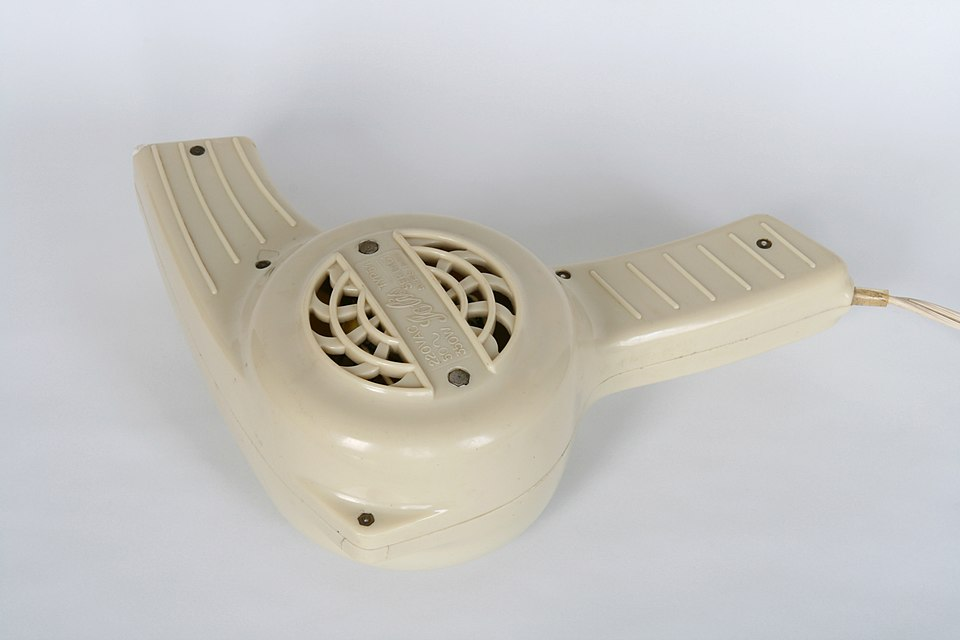
From the 1950s through the 1970s, handheld hair dryers used asbestos insulation because looking good was worth the potential lung cancer. These common appliances released microscopic asbestos fibers during operation, with hazards increasing as the devices aged and insulation deteriorated.
The invisible fibers lodged permanently in users’ lungs, causing mesothelioma, asbestosis, and lung cancer decades after exposure. What seemed like an ideal engineering solution for heat resistance became a silent health crisis delivered through mundane morning routines. As evidence mounted, manufacturers recalled these appliances in one of the first major consumer safety campaigns.
Modern hair dryers use ceramic or mica insulation, providing heat resistance without the death sentence. This example highlights how everyday exposure to hazardous materials often hides in seemingly innocuous products used without a second thought.
5. Pocket Fisherman
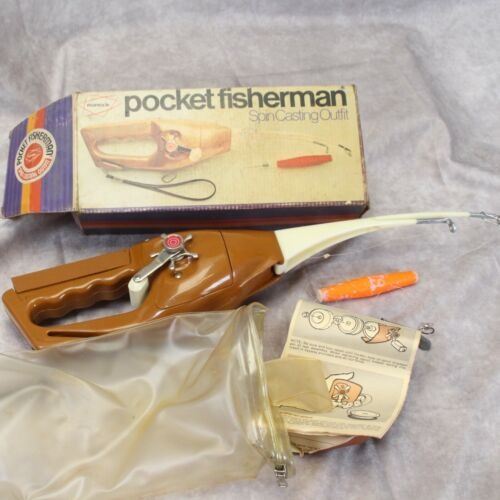
The Pocket Fisherman arrived in 1972 as fishing’s answer to fast food – convenient, portable, and ready whenever the craving struck. Ron Popeil’s 14-inch collapsible rod with built-in reel and tackle storage turned every car glove compartment into a potential fishing expedition, solving a problem many didn’t realize they had.
Priced at $19.95 (roughly $140 in today’s currency), this compact creation sold millions despite casting limitations that would frustrate serious anglers. It was never about performance – it was about possibility.
Modern versions still sell for $30-40, proving that spontaneous fishing opportunities remain as appealing as spontaneous anything else. The Pocket Fisherman didn’t just sell a product; it sold the dream that adventure could be waiting in your car’s storage compartment.
4. Chia Pets

In 1977, Joseph Enterprises cracked the code for plant-based pet ownership with zero responsibility. Chia Pets combined terracotta figurines with chia seeds to create living sculptures that required less maintenance than remembering your password.
Priced at $15 (about $70 today), these grow-your-own green friends became Christmas staples, selling over 500,000 units annually at their peak. The New York Times even included them in their year 3000 time capsule, ensuring future civilizations will understand our complex relationship with novelty vegetation.
Modern versions still retail for $20-30, proving that watching seeds sprout on a clay puppy remains mysteriously satisfying across generations. Chia Pets are the rare fad that transcended their gimmick status to become genuine cultural touchstones.
3. Smokeless Ashtray

Before comprehensive smoking bans, the 1970s Ronco smokeless ashtray attempted a technological compromise between smokers and those around them. This battery-powered device used a small fan to pull cigarette smoke through a replaceable filter, like trying to contain a flood with a sponge.
Priced around $10 (approximately $50 today), it represented an attempt to mitigate rather than eliminate secondhand smoke exposure. The ashtray even included a cigarette grinder for convenient ash disposal, because nothing says “considerate smoker” like grinding your butts at the dinner table.
2. Amphicar

From 1961 to 1968, Germany produced the Amphicar – the automotive equivalent of a duck that could handle both water and land with equal mediocrity. Approximately 4,000 were built, with 3,000 imported to America, where they attracted attention from celebrities and became presidential playthings for Lyndon B. Johnson.
The Amphicar transitioned between environments using standard wheels on land and twin propellers in water, reaching unimpressive speeds in both domains (70 mph on roads, 7 knots in water). Corrosion from saltwater created maintenance nightmares that made regular car problems seem trivial by comparison.
For all their faults, surviving examples have become valuable collectors’ items worth $50,000-$100,000. The Amphicar represents the rare product that increases in value precisely because it was impractical enough to become scarce.
1. Sea Monkeys
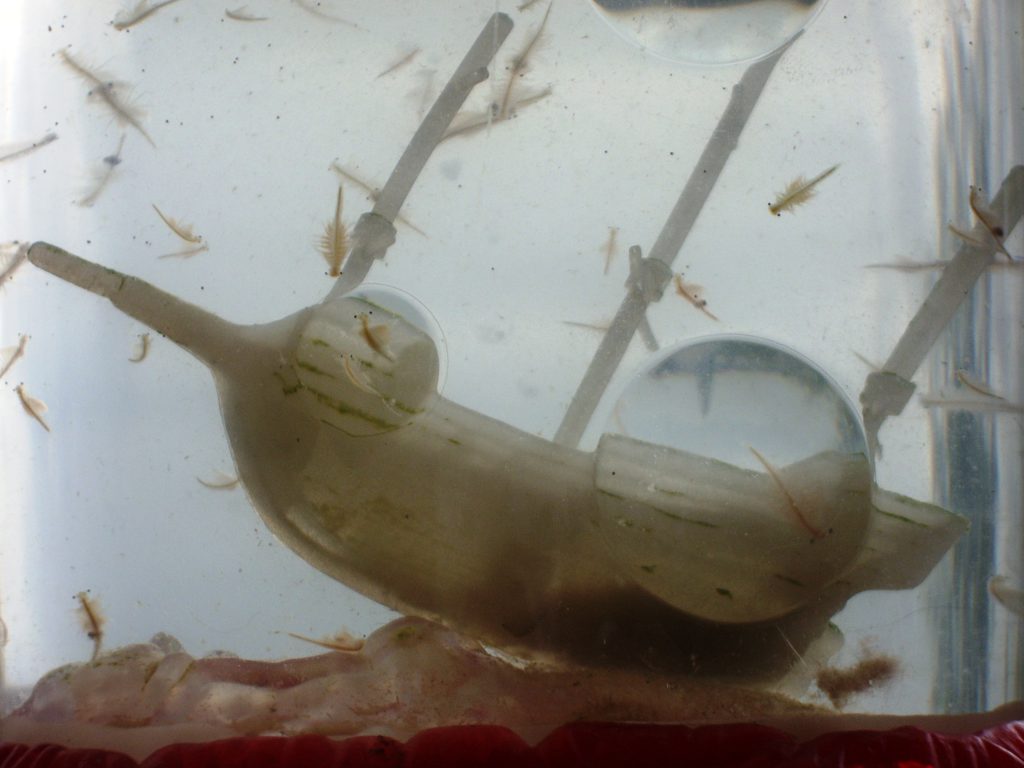
Harold von Braunhut’s 1957 marketing masterpiece sold brine shrimp as exotic aquatic companions through colorful comic book advertisements. The illustrations promised miniature underwater humanoids with distinct personalities, while the reality delivered microscopic crustaceans that looked like animated pepper flakes.
Priced at $1.25 (about $13 today), these “instant pets” required adding water to dormant eggs capable of surviving in a suspended animation state. Notwithstanding the gulf between advertising and reality that would make modern FTC regulators faint, Sea Monkeys sold tens of millions of kits globally.
They remain available today, continuing to disappoint new generations of children. Their cultural impact transcended their actual entertainment value, becoming shorthand for childhood disappointment alongside coal in Christmas stockings and sugar-free Halloween treats.





















